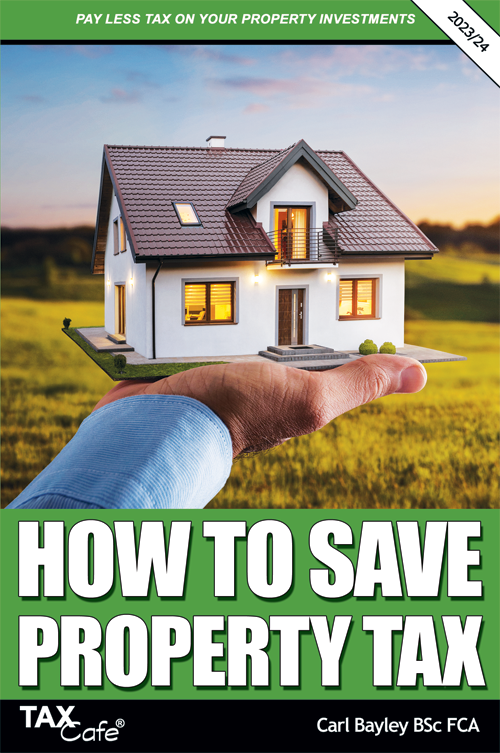Principal Private Residence Relief Guide
PPR is covered in detail in Taxcafe's guide How to Save Property Tax
When you sell your home the profit is tax free – most of us know that.
The latest information can be found in our guide:
How to Save Property Tax
Not many people realise just how far this tax loophole can be pushed. For example, it can be used, not just by homeowners, but by property investors as well.
The formal name for this tax relief is the Principal Private Residence exemption, also known as PPR.
Climbing the Property Ladder
Because profits from the sale of your home are completely tax free, it usually makes sense to keep climbing the property ladder during your working life, buying bigger and better homes to live in.
One day you can sell up and downsize. Alternatively, you may wish to retire to a cheaper part of the country. By replacing your expensive home with a cheaper one you can get your hands on a cash lump sum that is completely tax free.
Many people do this to boost their pension savings.
Some DIY enthusiasts use the main residence tax shelter much more aggressively than this. What they do is buy a property in need of repair and live in it for a couple of years while they do it up. They then sell up and move on to the next project. The profit they make from doing up the property will usually be completely tax free.
Some would argue that doing up a house and selling it for a healthy profit is a lot more lucrative than, say, taking a part-time job.
Renting Out Your Old Home
The principal private residence exemption can also be used by buy-to-let investors to earn tax-free profits.
This is because there is a special PPR rule that applies to all properties that have been your main residence at some time during your ownership.
What this rule says is that the last three years you own the property are always exempt from CGT. And it doesn’t matter how you use the property during those last three years.
In other words, you can move out of your home, rent it out for three years, and still not pay a penny in capital gains tax. (You will still need to pay income tax on any rental profits though.)
As long as you’ve lived in the property as your main residence at some point in the past (and during your ownership), you qualify for this tax break.
Calculating Your PPR
So how do you calculate your principal private residence exemption when you do your tax return? It’s quite simple and best illustrated with an example.
Let’s say Dave has a net gain on a buy-to-let property of £100,000.
He has owned the property for 10 years. He lived in it for one year and rented it out for the rest.
How much is tax free?
Thanks to the final three years rule he gets four years of PPR – the one year he lived in it plus the three bonus years. This means that four out of 10 years are tax free. In other words, 40% of his profits are tax free.
His PPR exemption is:
£100,000 x 40% = £40,000
On a technical note, it’s worth pointing out that the £100,000 profit is his net profit after deducting all of his buying and selling costs and improvements.
In practice, all capital gains tax calculations must be carried out more accurately, in days rather than years, but the results are much the same.
 The information contained in this article on the principal private residence exemption is covered in detail in our popular tax guide:
The information contained in this article on the principal private residence exemption is covered in detail in our popular tax guide:How to Save Property Tax by Carl Bayley
This unique and comprehensive guide is essential reading if you're trying to avoid paying too much property tax.



